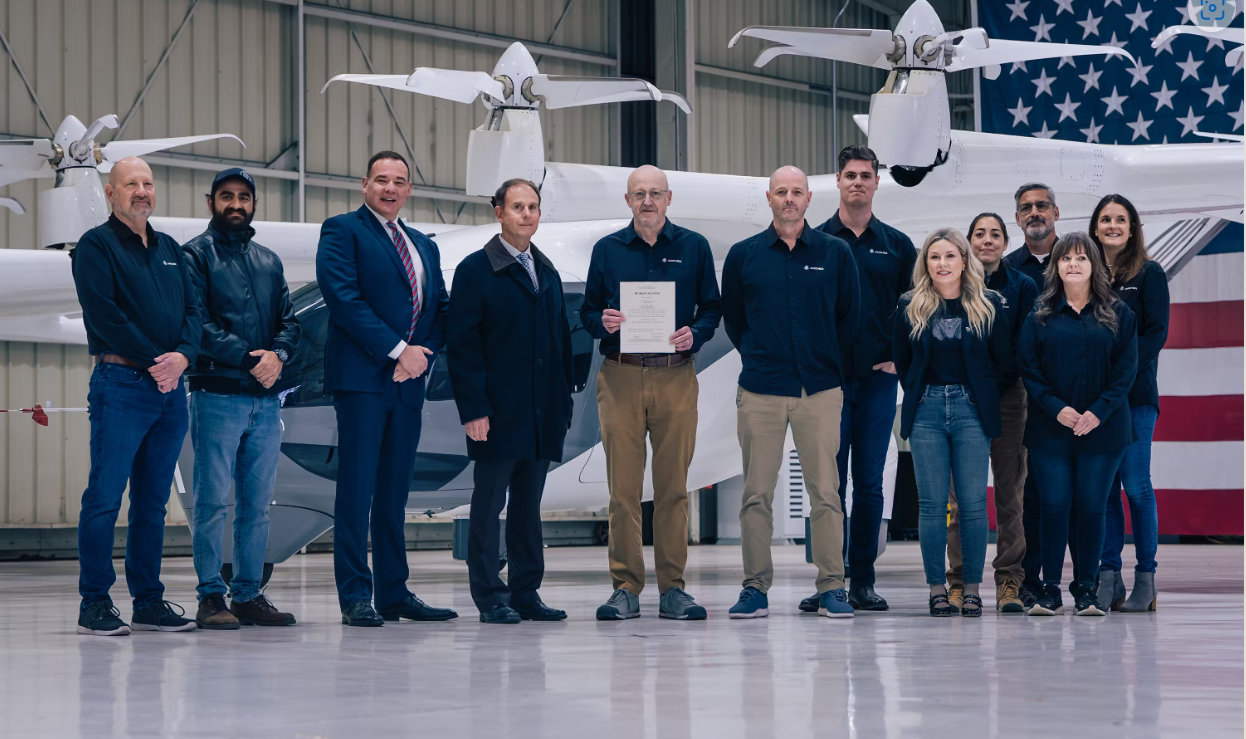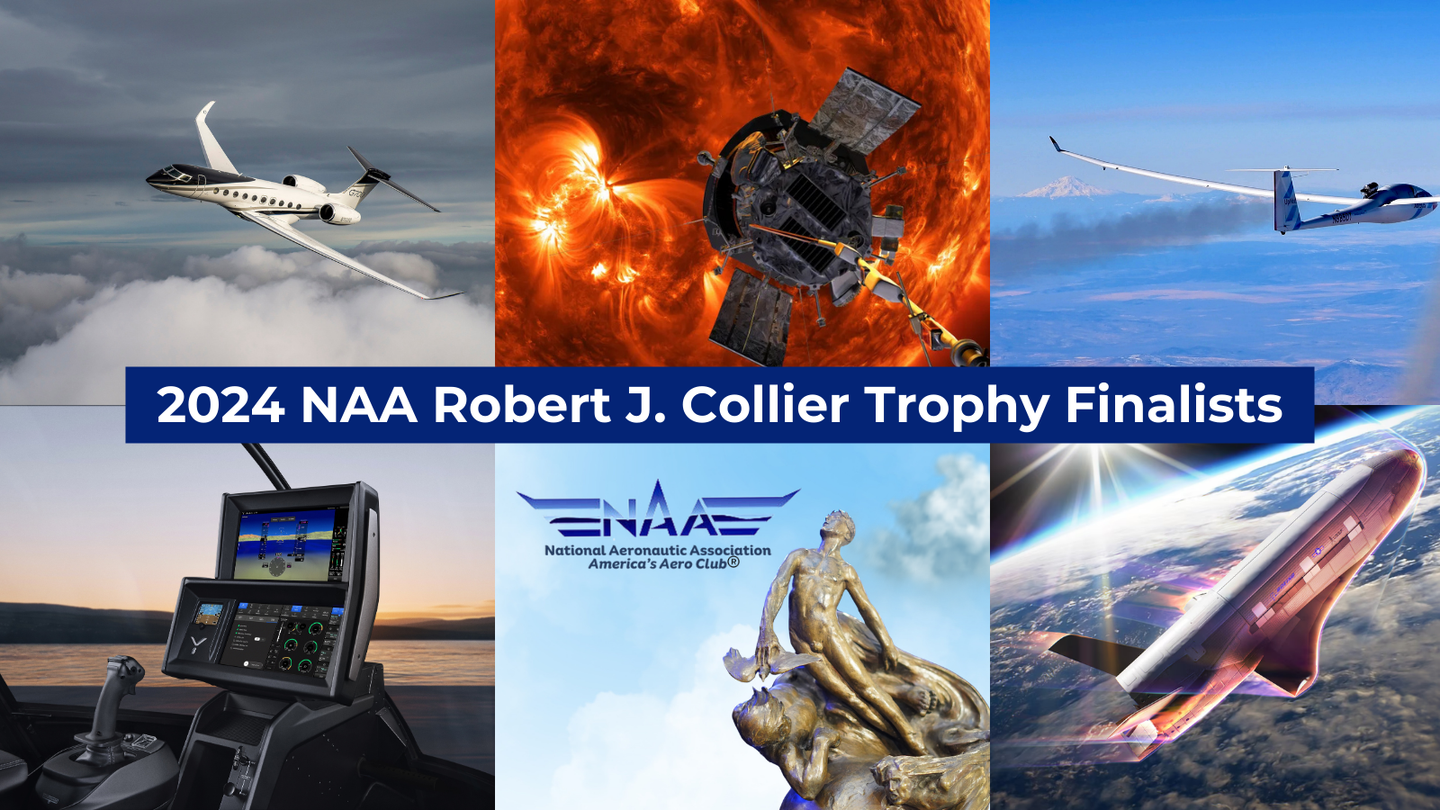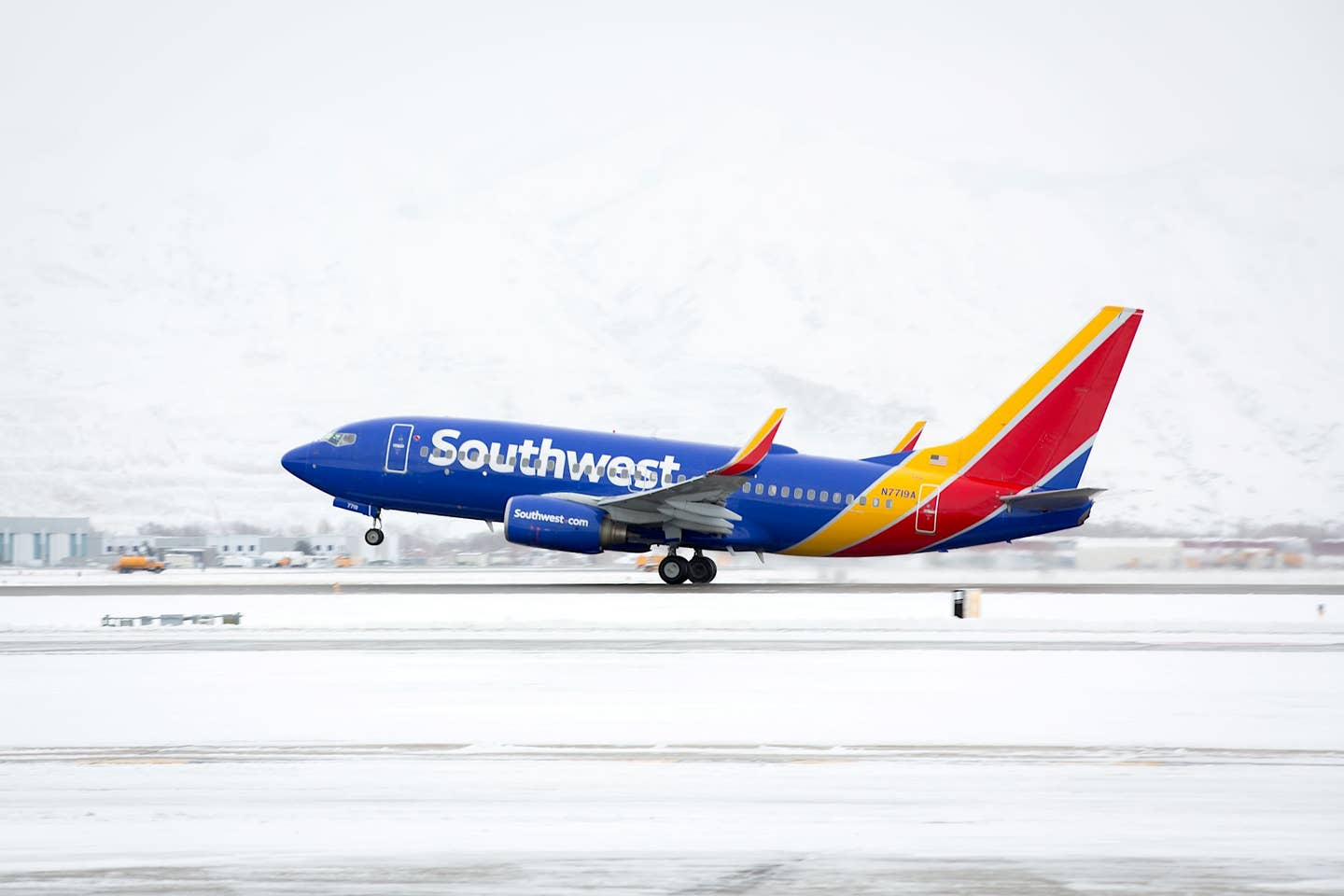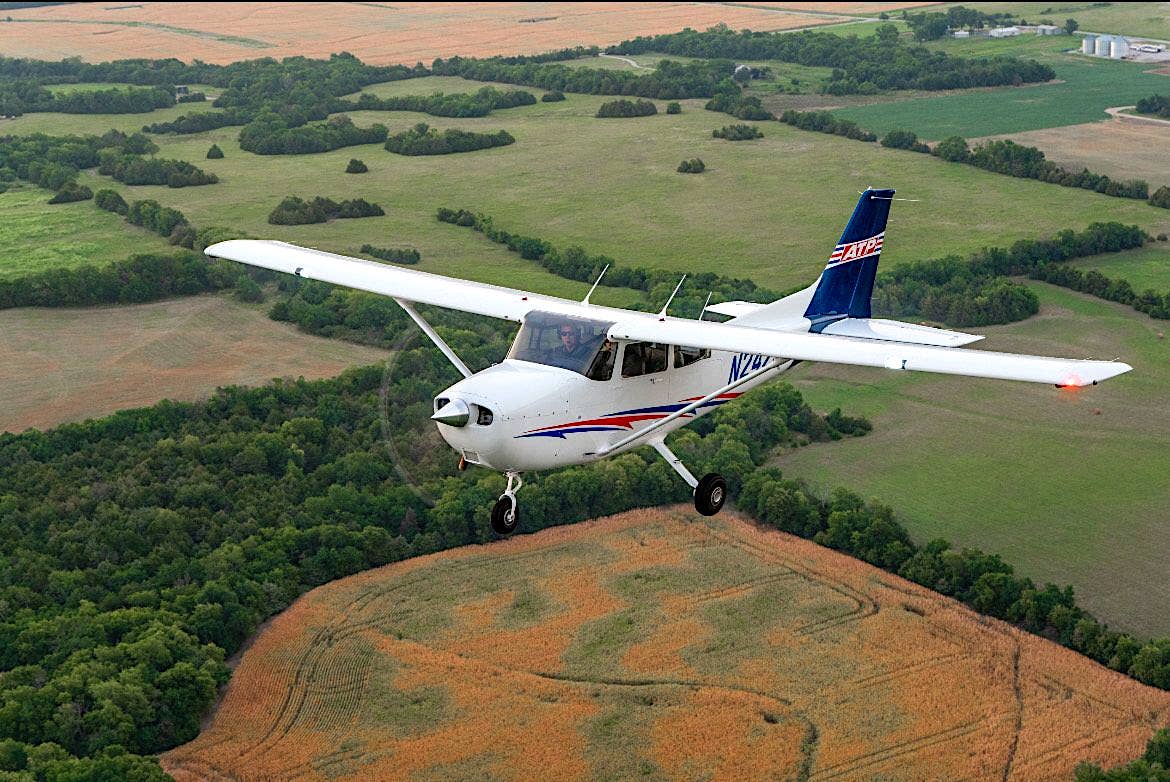Low-Cost, Light-Attack Aircraft For USAF Gains Momentum
U.S. Air Force officials have expressed support for a proposal by Senator John McCain, R-Ariz., Chairman of the Senate Armed Services Committee, to acquire several hundred low-cost light-attack and observation aircraft.
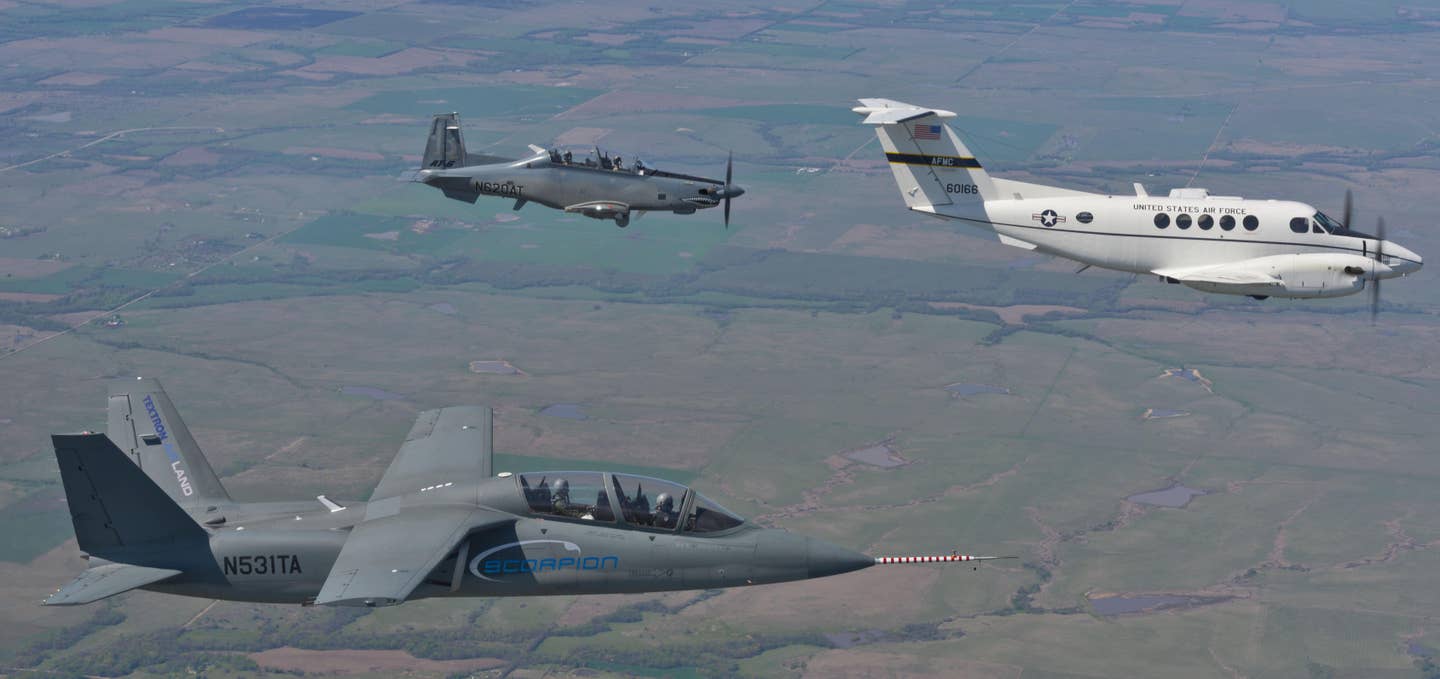
U.S. Air Force officials have expressed support for a proposal by Senator John McCain, R-Ariz., Chairman of the Senate Armed Services Committee, to acquire several hundred low-cost light-attack and observation aircraft. As proposed by Sen. McCain, "the Air Force should procure 300 low-cost, light-attack fighters that would require minimal work to develop. These aircraft could conduct counterterrorism operations [COIN], perform close air support [CAS] and other missions in permissive environments, and help to season pilots to mitigate the Air Force's fighter pilot shortfall."
The Air Force has been supporting CAS and COIN operations with sophisticated multirole aircraft like the F-16, F/A-18, and F-22, which cost tens of thousands of dollars per hour to operate, fly at speeds ill-suited to low-altitude missions and require the resources of a large airbase or aircraft carrier for sustained operation. Excitement for low-cost, light-attack aircraft has been kindled by the ballooning unit cost of the Lockheed-Martin F-35—now hovering around $100 million. Aircraft proposed for evaluation by industry experts have a unit cost on the order of $10 million and a cost per flight hour under $1,000.
Support for the aircraft purchase hinges on availability of an off-the-shelf design, rather than funding development of a new airframe from government coffers. Speaking at the American Enterprise Institute on the future of American airpower, USAF Gen. David Goldfein said, "We're actually right now looking at an experiment where we go out to industry and ask, 'What do you have, commercial-off-the-shelf, low-cost, that can perform this mission?' We're going to do this experiment and just sort of see what's out there, and I expect many of the companies to come forward."
Textron and Sierra Nevada Corp. are two likely competitors to build the proposed light attack aircraft and both have off-the-shelf designs available. Textron makes the Beechcraft AT-6 (developed from the T-6 Texan II, which is operated in large numbers by the U.S. Air Force and Navy for initial pilot training) and the Textron LandAir Scorpion jet. The Embraer A-29 Super Tucano, while designed in Brazil is manufactured by the Sierra Nevada Corporation in Jacksonville, Florida. According to Betsy McDonald, Communication Manager with Sierra Nevada, "The A-29 Super Tucano is fully Buy American compliant and is actually the only aircraft in its class with a U.S. military type certification." The eventual winner of the Air Force T-X competition to develop a new jet trainer to replace the Cold War-era T-38 may be able to adapt that aircraft to perform the light attack role, but given that project's requirements for high speed, high-G flight, such an aircraft would likely struggle to compete on price with the AT-6 and A-29.
A formal request for information from the defense industry could come as early as Spring 2017.
UPDATE: A previous verision of this article listed Textron as the only large U.S. manufacturer with existing products for the light attack role. The article has been updated to include Sierra Nevada as manufacturer of the Brazilian Embraer A-29.



